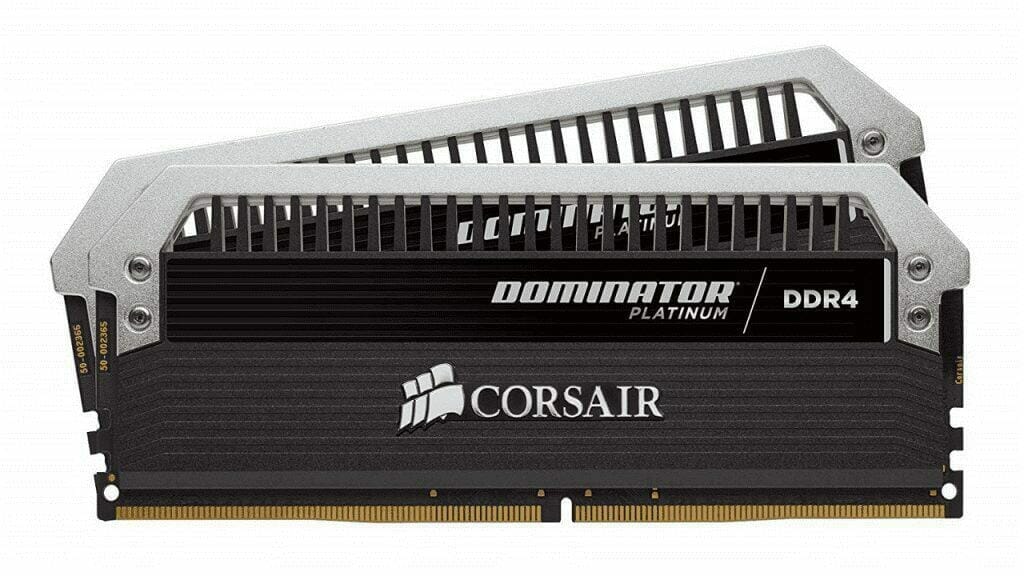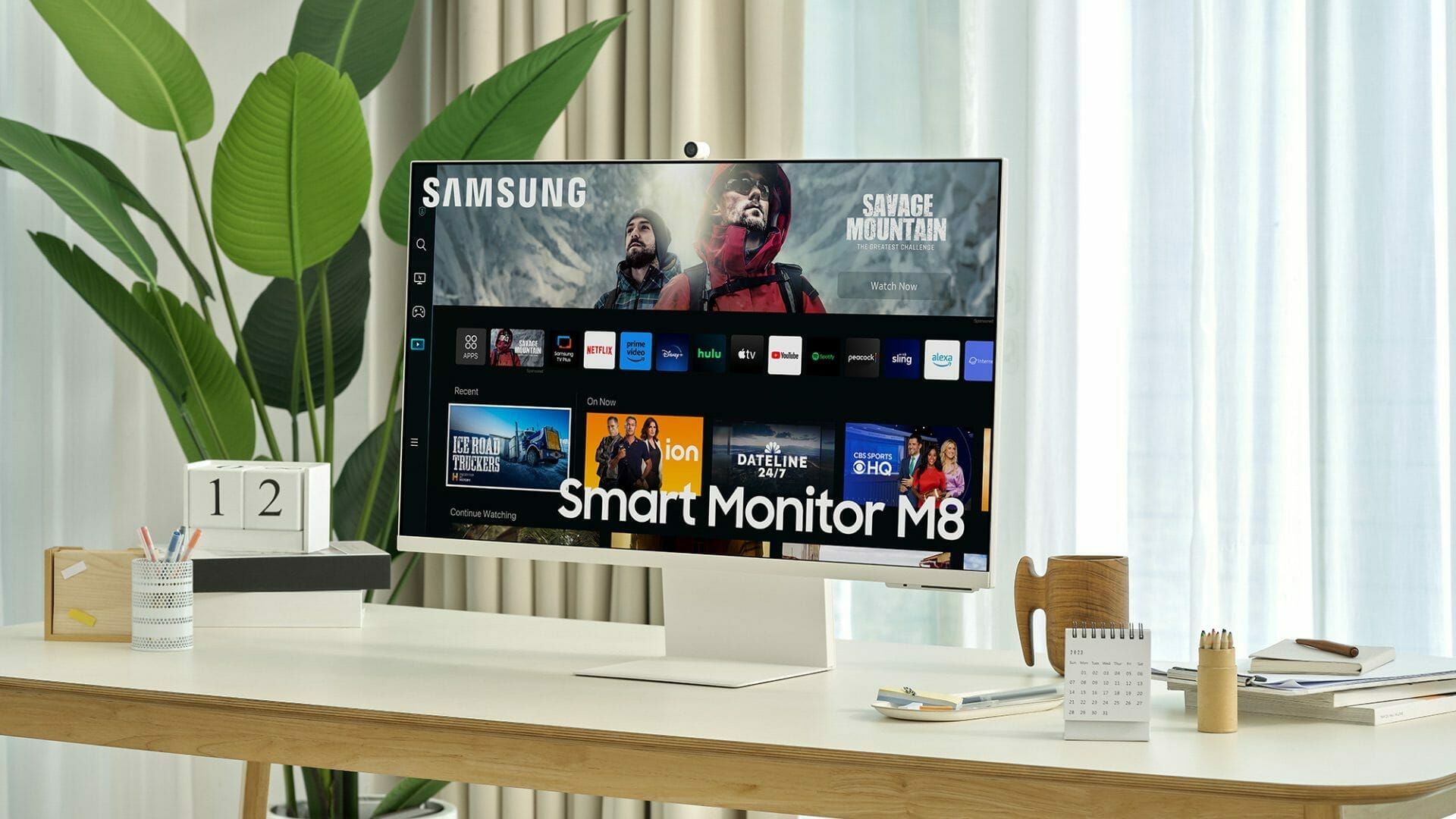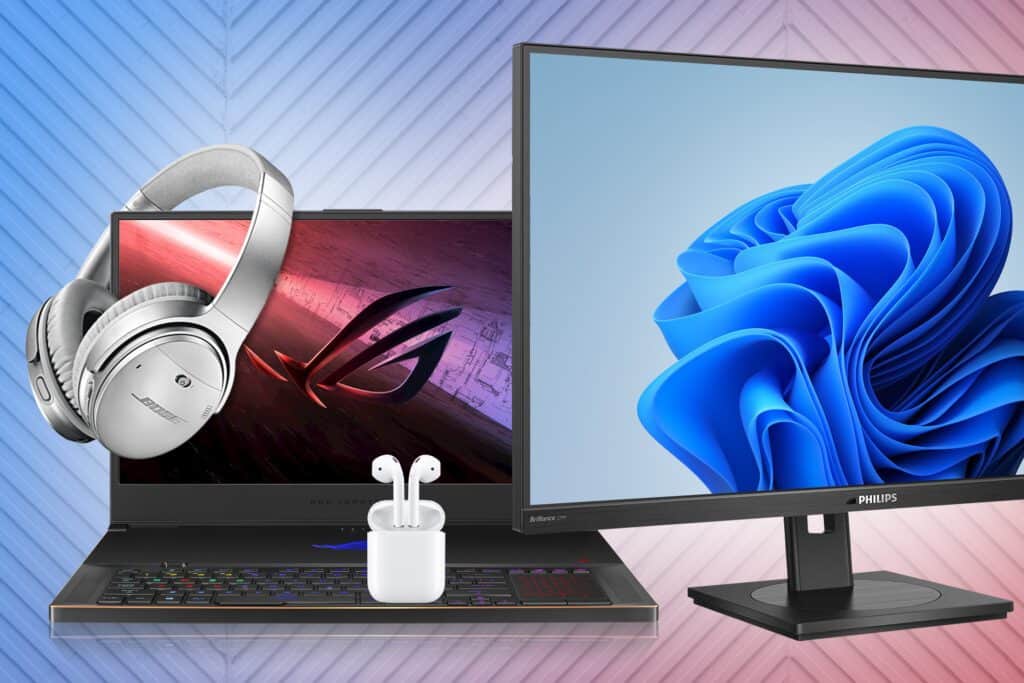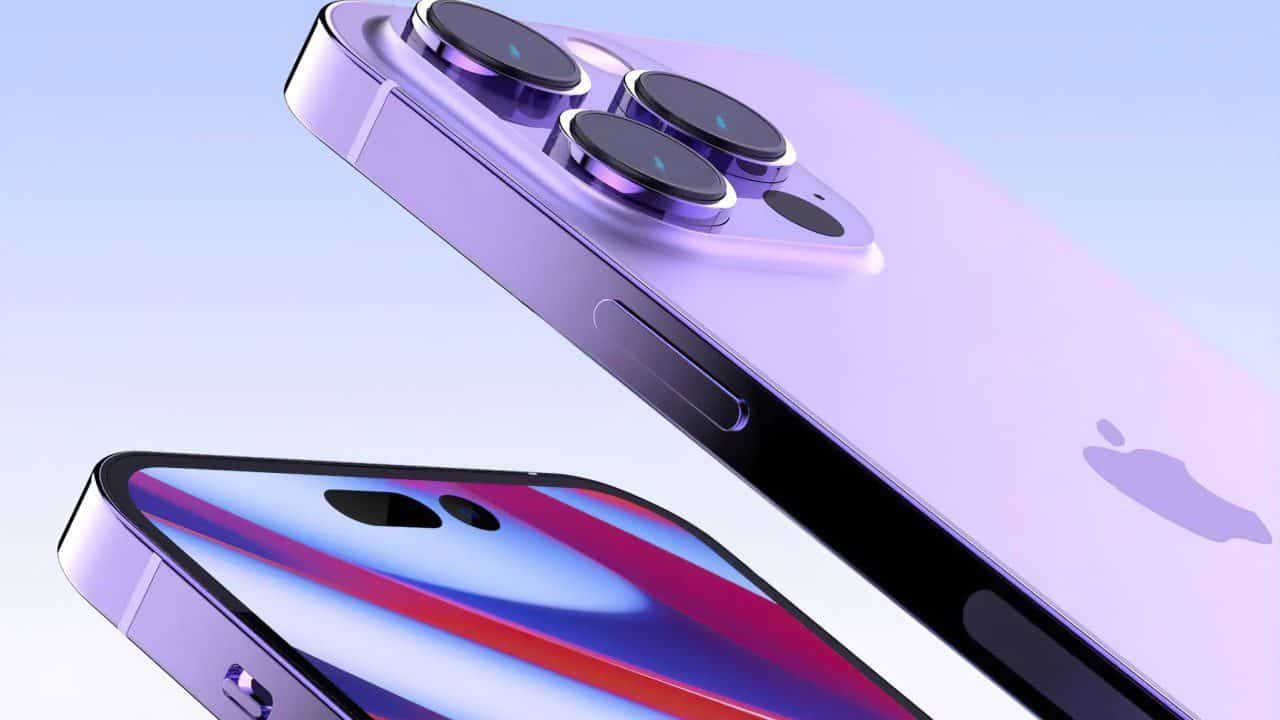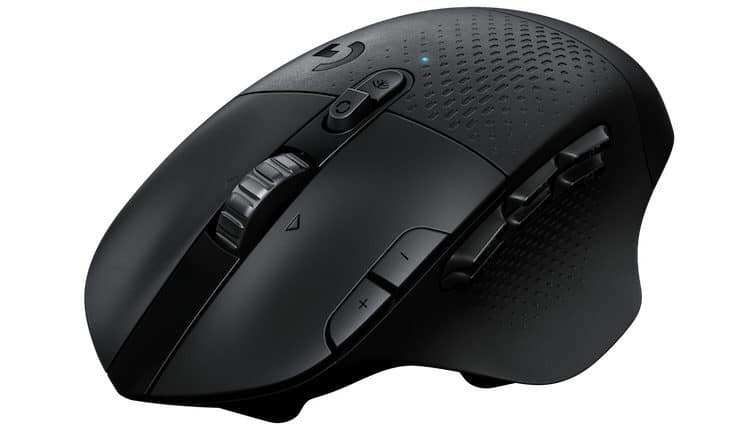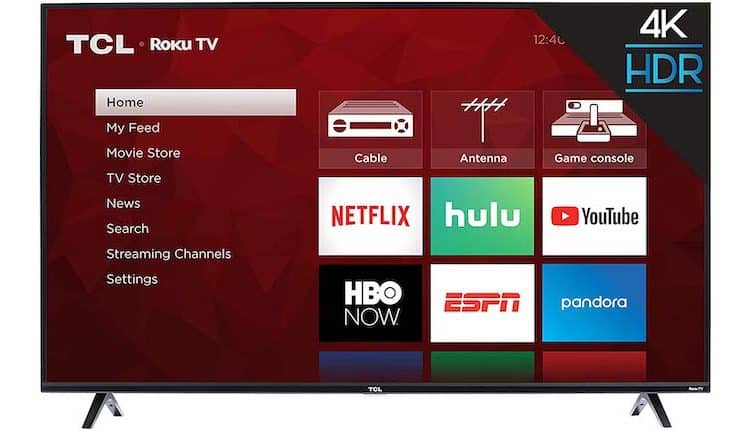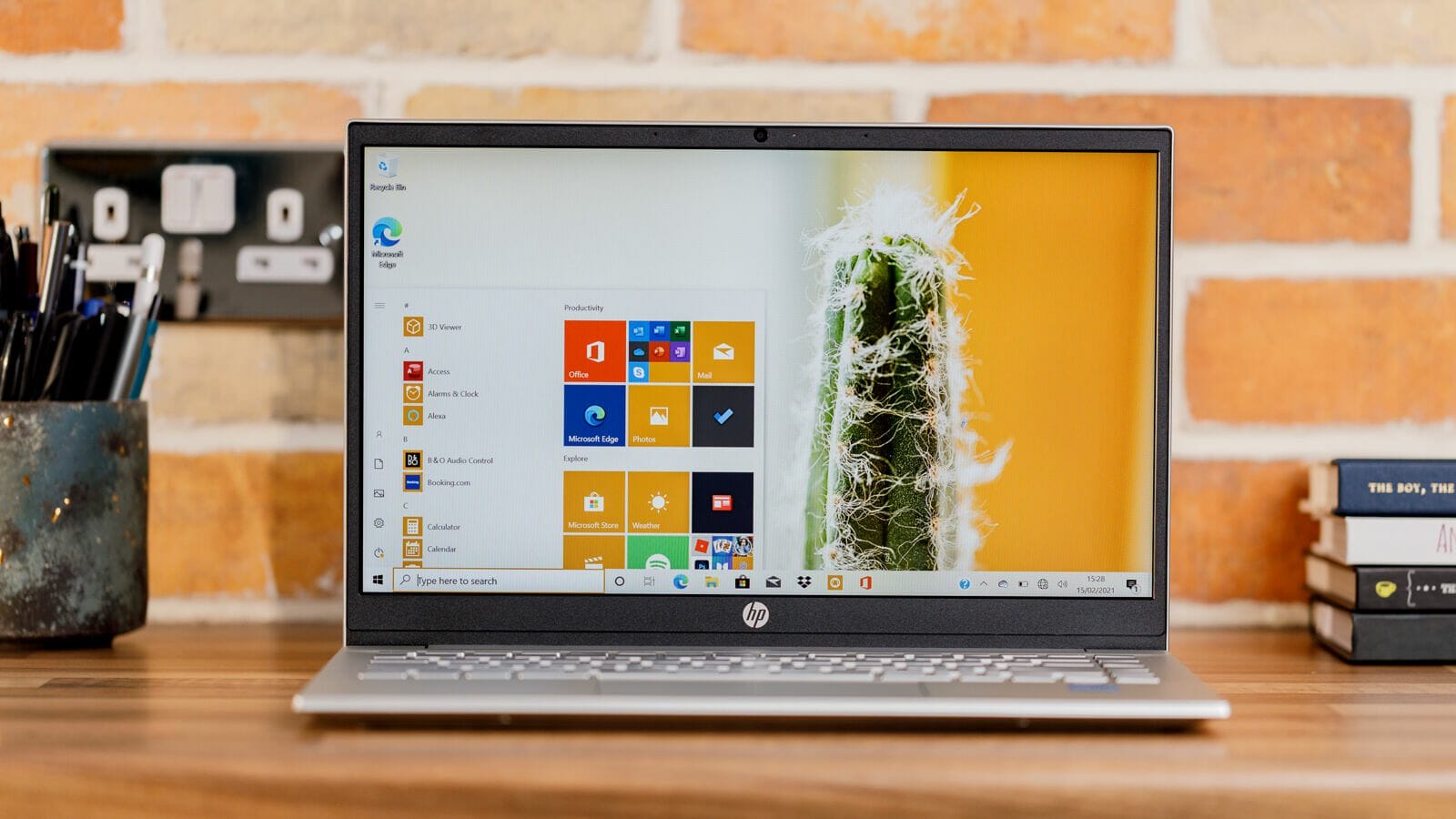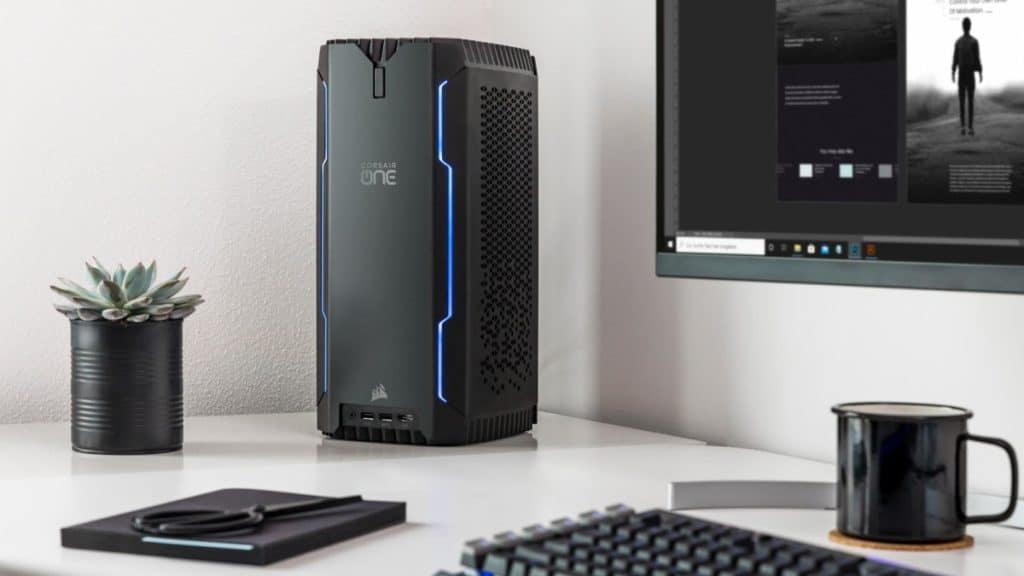Random Access Memory (commonly shortened to “RAM”), or simply system memory, is one of the most important parts of any computer. Most modern PCs and related devices, including smartphones carry around the 4GB mark to 16GB — with gaming rigs going even higher. But do you need the extra RAM?
As a rule of thumb, the amount of memory you need depends on two factors: What you want to do, and how much you’re willing to spend. Even on smartphones, memory is still an important consideration, but this guide will focus on more powerful systems running desktop operating systems, the likes of Windows, MacOS, Linux or Chrome OS.
More: The 10 Best Laptops for College Students
Do you need the extra RAM? Some Guidelines
In a nutshell, here is definitive guide to how much RAM your PC needs. It applies to most PC devices.
- 2GB: Or below, some come with 1GB especially budget tablet designs. It works fine for these basic productivity gadgets, but you’ll definitely need more for laptops and desktops.
- 4GB: The most common entry-level memory that comes in budget notebooks. Very ideal for basic Windows and Chrome OS usage.
- 8GB: Can be found on most midrange PCs, gaming desktops and ultrabooks. Delivers excellent performance for Windows and MacOS systems. We recommend this amount of RAM for most people.
- 16GB: For professional creatives, artists and serious gamers, this is all you need. It delivers enough raw power for most demanding tasks and modern AAA games alike.
- 32GB and beyond: Gamers who need the best out of their high-end rigs will find real value here. Also, purpose-built workstations pack this much RAM.
In fact, buying more RAM than you need doesn’t get you any performance boost. It’s essentially wasted money. However, what you need to spend on what’s left of your budget is maybe more important components like a solid-state drive (SSD) if your system came with a spinning hard drive, a better CPU or a graphics card.
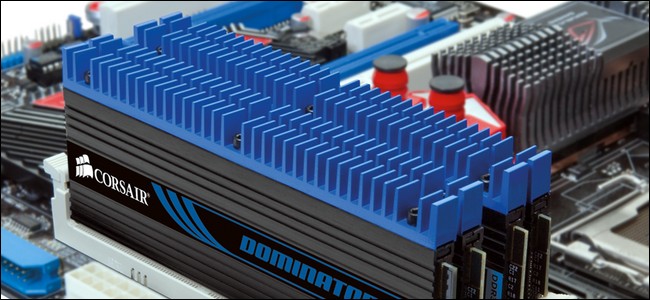
What does RAM do?
A computer’s memory capacity is often confused with the long-term storage of a solid-state or traditional spinning hard drive. Surprisingly, even PC manufacturers sometimes mix up the terms, but in essence refereeing to the other component. That’s how inter-twinned RAM and storage are in computing.
An office desk is a perfect analogy to consider when drawing a difference between RAM and storage. Take RAM to be the top of the desk, meaning, the bigger it is, the more files you can spread on it and read at once. On the other hand, hard drives are like the drawers underneath, that will be holding the papers you will not be using.
Therefore, the more RAM on your system, the more programs it will be handling simultaneously. But RAM isn’t the only determinant, you will only need to open dozens of programs at once, of which you need a very small amount of RAM. For that, you need to store your ‘unused’ files elsewhere to avoid cluttering and slowing down the system. That’s where the hard drive or SSD comes in. Again, if the desk is very small, you will take more time to dig up any paper when you need it, and that’s why a PC with more RAM feels fairly fast since you can easily retrieve the files you need.
Standard RAM and VRAM – The Difference
Again, standard RAM should not be confused with graphics memory, either. Graphics memory is associated with computer graphics cards, which are required for gaming, with high-end 3D games relying on video RAM (VRAM), mostly “GDDR5”, or its equivalent, while standard RAM will only be referred to as memory, RAM, and sometimes DDR3/DDR4.
This can be confusing, but most manufacturers do a good job identifying VRAM clearly so consumers know what they’re exactly buying. If you look around, you’ll see the term DDR5 being tossed around as well, but it will be a while before we see devices supporting this next-gen memory format.
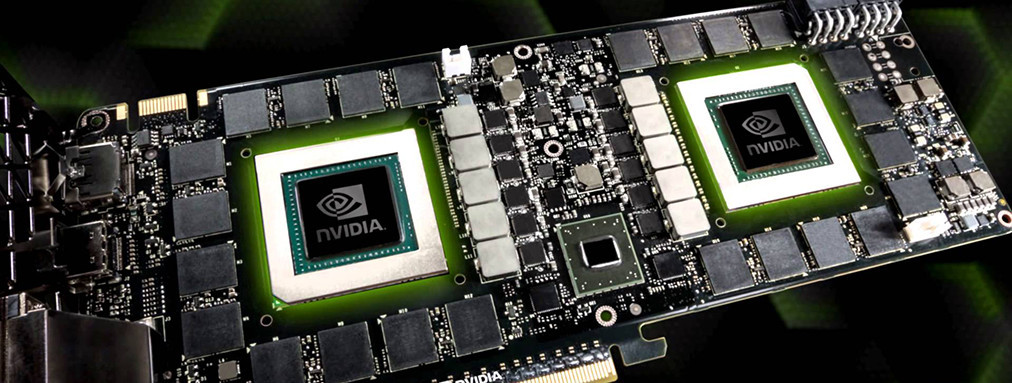
How much RAM do you need?
Tablets / Chromebooks
Smartphones are becoming powerful and costly than tablets, but sometimes you just need that big screen for a conference presentation or entertainment. For a tablet, you won’t be tying up heavy-duty software tasks, so the RAM needs will tend to be pretty low – similar to your flagship smartphone. However, as you make a transition to more browser tabs, you may need more RAM, only that you can’t add more memory later on a need basis.
Currently, spec options typically range from 2GB to 16GB, whereby you need other considerations like long battery life and processor speed. Devices like the iPad come with 2GB of RAM as the base configuration, but its design is more focused on a vibrant display and all-day battery life. On the other hand, the Microsoft Surface Book 2 touts 16GB of RAM, making it more laptop than tablet – with a fancy hinge that converts it into light and portable tablet mode.
For light weight users, 2GB is OK, but 4GB is much better in most cases. The same can be said of Chromebooks, but if you will be using it as your primary PC, at least 4GB or 8GB will be ideal for a Chromebook. Chrome OS used on Chromebooks isn’t RAM taxing as compared to Windows OS on notebooks, adding to impressive performance even with less RAM.
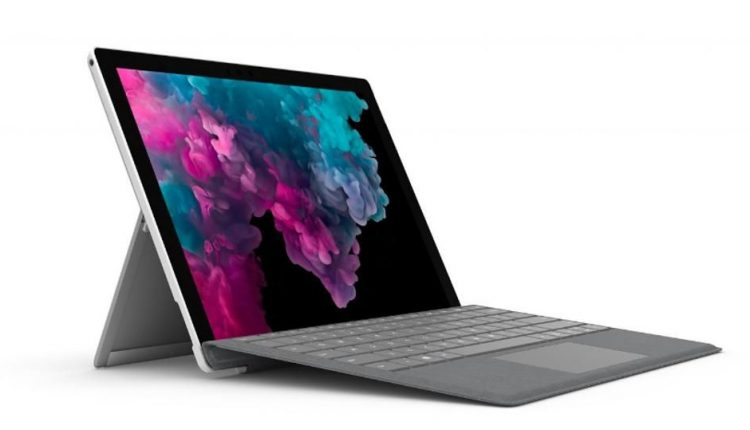
Laptops
Most laptops will come with 8GB of RAM, with entry-level notebooks offering 4GB but top-tier machines touting as much as 16GB – and 32GB for the most powerful gaming laptops. Lately, tablet and laptop needs are converging, meaning most users are better of with more RAM on a laptop as they can run more complex programs on laptops. This means more RAM plays a more important role here.
Basic devices like Chromebooks operate primarily in the cloud, and usually have very little storage space, thus, don’t need much in way of RAM. For such Chromebooks, 4GB is tentatively enough, since you can now use Google Play Store to download all your Android apps directly to your machine.
For Windows and MacBooks, you might consider bumping everything up to a standard 8GB. Most laptops will require 8GB for a good reason. For artists who do graphic work of are planning to take on high-end gaming, 16GB RAM will be much better. You’ll only need to go past that if you intend to binge on extremely hard-core tasks, like editing huge video or photo files – just like you would do on a desktop.
Most people don’t use laptops for such heavy tasks, however, in which case 8GB is enough. But if you do, buying enough RAM is beneficial, keeping in mind that it’s more difficult to upgrade RAM in a laptop (and almost impossible on recent models), than a desktop, so buying what you need at the start is recommended.
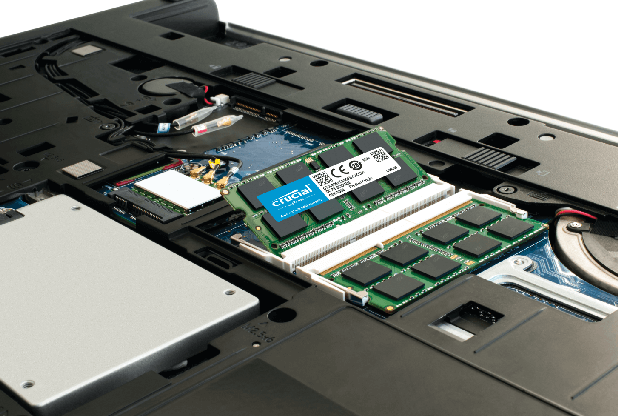
Desktops
These behemoths pack enough raw power, thanks to tons of RAM. The only concern is that desktop RAM is not as cheap as it used to be. You might end up spending more on large and fast DDR4 kits, so the best option is buying a system with enough space for later upgrades. We tend to keep our desktops around for longer than laptops and tablets, so planning for the future is your best bet.
For a start, 8GB is good. Most users will be fine with less, but the price difference between 4GB and 8GB isn’t much to justify settling for less. An upgrade to 16GB is more recommendable for enthusiasts, hardcore gamers, and the average workstation user. If you’re an advanced workstation user, going further to 32GB is worth, but be prepared for the cost if you want the speed or fancy features like RGB lighting.
Anything above that is reserved for extreme specialty rigs, such as those handling huge datasets, massive video files or niche programs used by researchers, corporations or government departments.
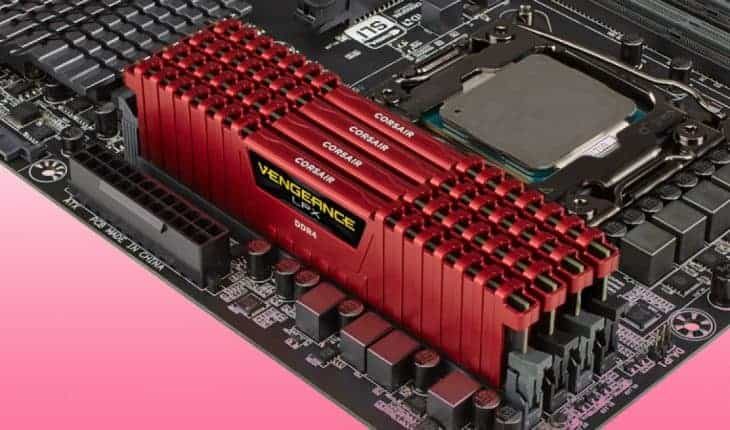
Is more RAM better?
Of course, for as long as you will need to use it quite often, and it matches you PC’s other hardware like CPU and graphics card. Having tons of RAM on a PC with a slow CPU is just an overkill, it won’t make it any fast, but its effectively money wasted.
Plus, RAM isn’t all that expensive, and it’s the easiest component to upgrade in a desktop PC, some laptops, select Chromebooks and impossible on tablets. As such, except for desktops, buying a machine with the amount of RAM you’ll need is economically wise.
On the other hand, buying a desktop PC with room for future upgrades is a good approach, since you can add more RAM once your system becomes restricted by RAM. It is a good approach, and even if you don’t feel comfortable upgrading yourself, your local PC store should do it for around $40 to $60.
Our Pick
ASUS VivoBook L203MA Ultra-Thin Laptop, Intel Celeron N4000 Processor, 4GB RAM, 64GB eMMC storage, 11.6" HD, USB-C, Wi-Fi 5, Windows 10, L203MA-DS04, One Year of Microsoft Office 365
7 used from $87.46

